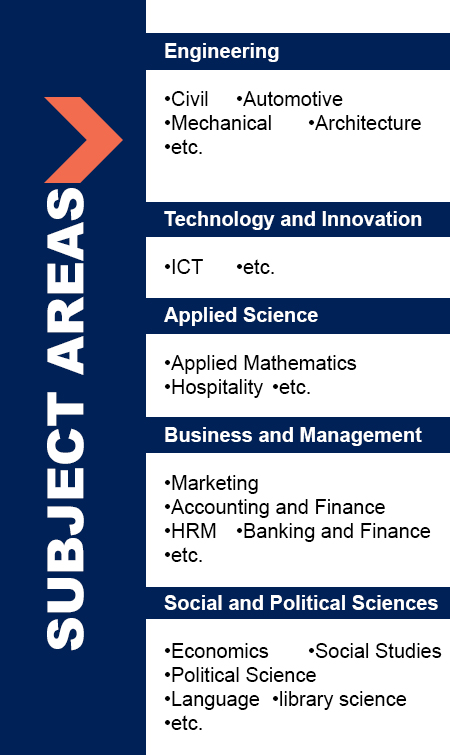Investigation of Wind Energy Potential at Selected Locations in the Volta Region of Ghana
DOI:
https://doi.org/10.47127/ijtmr.v1i1.12Abstract
The cost of extending electrical power systems to remote areas is expensive and the option is to decentralise small scale energy power systems that could meet the demand in those areas. Wind potential at selected locations in Ghana has been studied for wind energy purpose since there is an increase in socio-economic development in the country. Four (4) of the three-cup anemometers and data-loggers were installed on a 20-m and 30m masts at Amedzofe, Anloga, Areeba-Nkwanta and Kue-Nkwanta (all in the Volta region). The recorded data were analyzed using STATISTICAL software and calculations were made to obtain the Weibull distribution two-parameters and prediction for hourly, monthly mean wind speeds and mean wind power densities were predicted at 50 m above ground level. Among the selected sites, the mean wind power density of Amedzofe and Anloga fell into Classes 3 and 6 of the commercially international system of wind classification respectively, while Areeba-Nkwanta and Kue-Nkwanta fell into Class 2. Anloga is therefore a suitable site for wind power generation to serve the community.
Keywords: Wind power potential; Wind atlas analysis and application program (WAsP); Weibull distribution; Wind speed; Wind power density.








